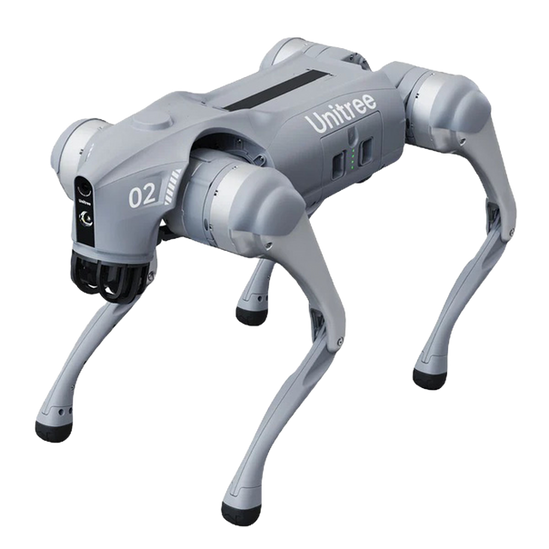Exoskeleton
A wearable robotic suit that enhances the physical abilities of the user, often used in healthcare and industrial applications.
Exoskeleton a wearable robotic suit designed to augment the user's physical abilities. Understanding terms like "exoskeleton" is essential not only for grasping advancements in rehabilitation, industrial efficiency, and personal mobility, but also for acknowledging their potential to transform lives and industries.
What is Exoskeleton?
An exoskeleton is a wearable robotic suit that enhances the physical abilities of the user, often used in healthcare and industrial applications. These devices can support movement, increase strength, and improve endurance, effectively acting as an extension of the human body. By leveraging sensor technology and motors, exoskeletons can assist individuals with mobility impairments or augment the physical capabilities of workers, making demanding tasks more manageable. They can also be tailored for specific applications, ensuring that users receive the support they need in various contexts.
Key Concepts
Assistive Technology: Exoskeletons serve as a form of assistive technology, designed primarily to support individuals with disabilities or injuries, enabling them to regain mobility and independence.
Robotics and Sensors: These suits use advanced robotics and sensory feedback to detect user movements and apply the necessary support, making the interaction between human and machine seamless.
Customization: Many exoskeletons are customizable, allowing for adaptations suited to the user's specific physical requirements and the tasks they need to perform.
Applications and Relevance
Exoskeleton technology finds its place in various fields, showcasing its utility across numerous scenarios:
Healthcare Rehabilitation: Used in physical therapy, exoskeletons help patients with conditions such as spinal cord injuries regain mobility and strength, facilitating the rehabilitation process.
Industrial Workforce: In manufacturing and construction, these devices assist workers in lifting heavy objects safely, thereby reducing the risk of injury and enhancing productivity.
Military Operations: Exoskeletons are being tested for potential applications in military settings, where enhanced endurance and strength can offer significant advantages to soldiers in the field.
Challenges and Considerations
While exoskeletons hold promise, there are several challenges and considerations worth noting:
Cost and Accessibility: Developing high-quality exoskeletons can be expensive, which limits access for many potential users, especially in healthcare environments.
User Training: Effectively utilizing an exoskeleton requires proper training, which can be a barrier for users who need immediate assistance.
Technical Limitations: Current technology may not fully replicate natural human movement, leading to concerns about user comfort and overall effectiveness.
Future Trends and Innovations
The field of exoskeletons is continuously evolving, with several emerging trends on the horizon:
Improved Mobility Designs: Researchers are focusing on creating lighter and more adaptive designs that better mimic human biomechanics, enhancing user experience and comfort.
Greater Integration with AI: The integration of artificial intelligence into exoskeletons could lead to more intelligent systems that learn from user behavior and dynamically adjust support in real-time.
Broader Applications: Ongoing research is exploring exoskeleton applications in diverse sectors, including sports and entertainment, as well as elder care, to improve quality of life for a wider range of users.
Exoskeleton technology represents a significant leap in how we can merge human capability with robotics, impacting healthcare, industry, and beyond. As we advance our understanding and application of these devices, we open doors to enhanced mobility, increased productivity, and a greater quality of life for many individuals. The importance of exoskeletons goes beyond mere enhancements and touches on transformative potential in various fields, promising to shape the future of human-machine interaction.














